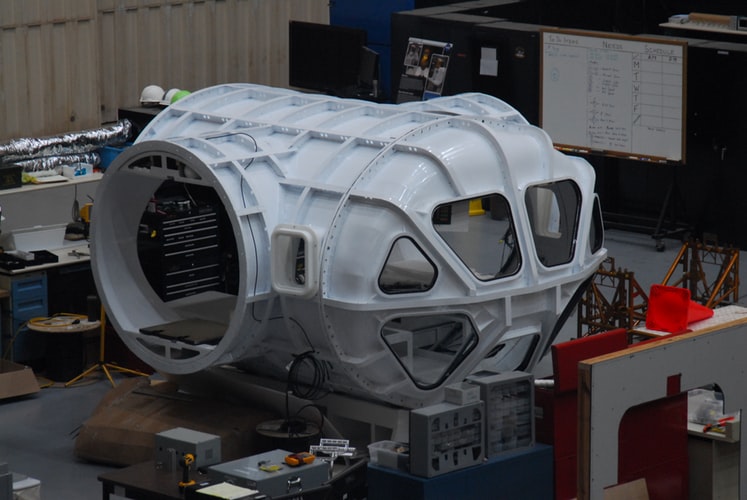
This is the first of a series of blogs on research and engineering in design, invention, and problem-solving for industrial products and processes.
We Were all Research Engineers Once:
For all of human history, people have worked to improve their quality of life by discovering, inventing, designing, and building. Then as they used things, they worked on improving their function. Early examples might be observing and seeking control of fire, then developing and using stone and flint tools. Over a very long time, they progressed to levers, pulleys, and wheels.
This was not a linear process. The earliest forms of “research” were observations of natural events and things people encountered during everyday activities. People applied this new knowledge when they needed it for problem-solving. Generally, someone had a particular goal in mind. The wheel is particularly interesting; some researchers think it was invented several times, then forgotten, or ignored, until the idea became practical. One of the oldest artifacts of the wheel was on a child’s toy chariot.
Discovery involves observation, trial and error characterization, theory and testing to develop knowledge; formally we know this process as “fundamental research”. People then consciously build upon an increasing knowledge base to figure out how to use processes they’ve observed and, in specific instances, apply them to different situations, to benefit them; this is generally what we mean by applied research. As the body of knowledge — the principles of how processes and things work — become well-known and standardized, people begin to make a living out of applying them in creative ways to design and develop useful objects and processes. That’s the practice of engineering.
More Complex Tools = More Research, and More Specialization:
As fundamental research has become more complex, requiring more extensive and indirect study of materials and their properties, scientists and engineers can be tempted to forget that research and engineering are inextricably bound together in the search to improve industrial and manufacturing processes and products. This fact sometimes gets lost in our penchant for separating basic (or fundamental) research, applied research, and engineering into different practices.
Before a wheel could be useful for anything but a toy, someone needed to haul heavy loads (for example, mineral ore). Someone had to develop axles and methods to attach wheels. Someone developed paved roads or rails to support wheels. Improving the wheel required someone to invent stronger materials and the technology to work those materials into a hub and a housing. Acquiring this knowledge was likely driven by other needs – better weapons and stronger tools, perhaps. Then the process that produced stronger metal could be applied to a new invention, a free-rolling wheel.
Modern problem-solving for industrial products and processes is more than trial-and-error toward one goal. When we apply science and technology to design and build practical structures and machines, we also consider issues of safety, economics, and human benefit. For example, the myriad of GPS applications today exists only because of our understanding of very fundamental research on electromagnetic waves and the Theory of Relativity.
We started developing the first iteration of our Coupi model as part of a planned mission to return to Earth’s moon. That project was never completed, but in the course of another project, on the mobility of the Mars Rover, we were able to confirm the accuracy of the model. The first projects where Coupi DEM was a useful tool were a simulation of asteroid retrieval (more applied) and an examination of how solar winds interact with lunar soils, and what effect that might have on the presence of water on the moon (more fundamental).
Stay Tuned:
In the next blog we will examine a 1969 study of the important scientific events that preceded technological innovations. This study indicates that about 70% of these innovations resulted from basic research, 20% resulted from applied research, and 10% from the application or engineering practice stage.
To learn more about the history of the wheel:
Bulliet, Richard W.. The Wheel : Inventions and Reinventions, Columbia University Press, 2015. ProQuest Ebook Central, http://ebookcentral.proquest.com/lib/uaf/detail.action?docID=4206305.

